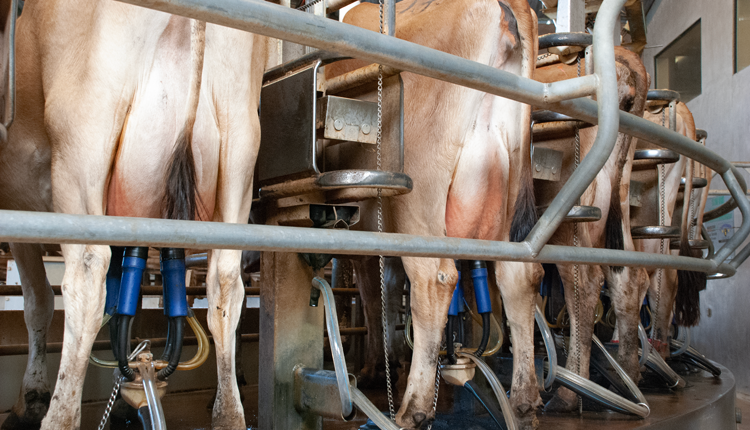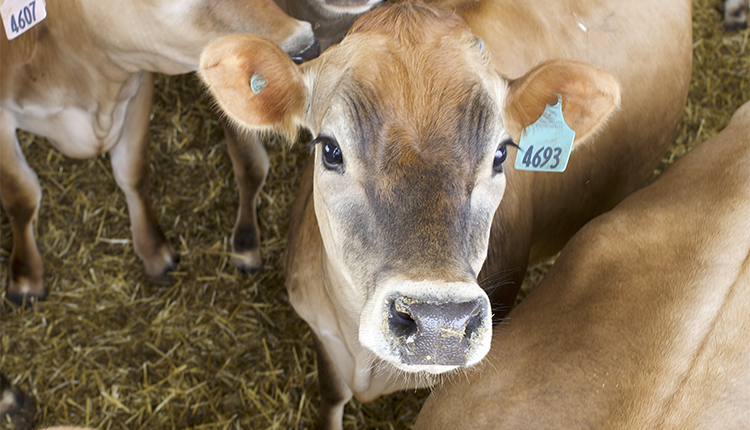
Milk component yield has become a key driver of profitability and is the reason many dairy farmers are focusing on maximizing pounds of milkfat and protein shipped per cow. Because of this, farmers or their consultants submit milk samples to our Miner Institute milk analysis laboratory with a goal of trying to understand where an opportunity might lie to improve milk component content and yield.
This unique situation creates the opportunity for interesting conversations about why a herd is or is not producing the desired amount of milk components. Some general themes have emerged from those conversations as well as research that the Miner Institute and others have done. Our Institute’s president, Rick Grant, summarizes it well, “We need to get the cows’ diet and dining experience right to maximize milk components.”
Most farmers use the services of a nutritionist. Nutritionists typically do a good job of formulating diets, especially when farmers put up quality forages with an emphasis on neutral degradable fiber (NDF). Forages with higher fiber digestibility will:
- Improve dry matter intake through changes in gut fill, thus providing more energy for the microbes and cow.
- Allow higher forage inclusion in the diet, resulting in less risk of ruminal acidosis (SARA; low rumen pH) and milkfat depression.
- Yield acetate from microbial fermentation of fiber for de novo milk fatty acid synthesis.
- Support microbial growth that typically has a better amino acid profile for milk protein synthesis than other feedstuffs.
Getting the diets mixed, delivered, and consumed as formulated is critical to providing all the needed nutrients to the cow for milk production. Checking and adjusting forage dry matter values helps get that done.
Interestingly, the feeding environment affects rumen fermentation and pH as much as or more than the diet itself, which has an impact on milk component yield, especially fat. Thus, farmers need to minimize the time the rumen pH is low (5.8 or less) by avoiding empty feedbunks and limited feed access. Greater frequency of feed delivery is beneficial for cows, regardless if they are TMR- , PMR-, or component-fed.
Manage the cows to optimize key behaviors that maximize milk components. This means implementing cow comfort strategies that enhance rest and rumination. Excessive overcrowding at feedbunks and stalls increases slug feeding and impairs rumination in the stalls. Recumbent rumination is related to less SARA and more yield of milk and components.
Carefully formulated diets plus great forage and feed management plus top-notch cow management adds up to more pounds of milkfat and protein – a key to more milk income.








